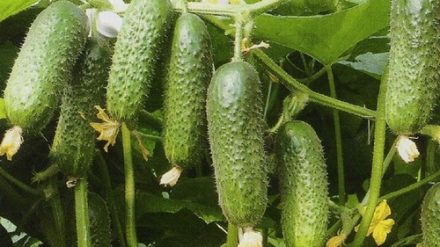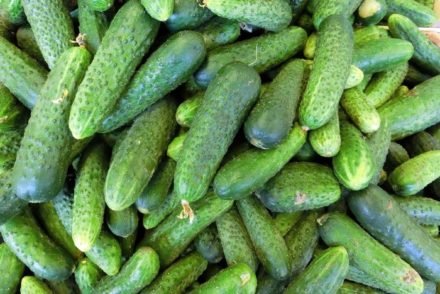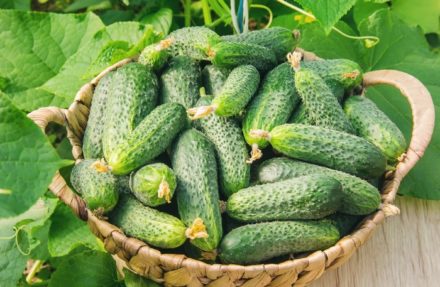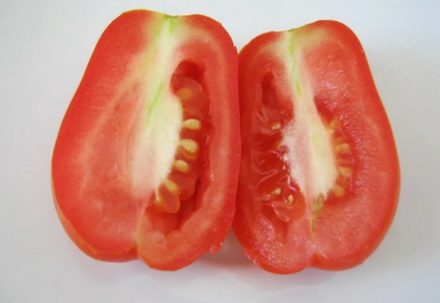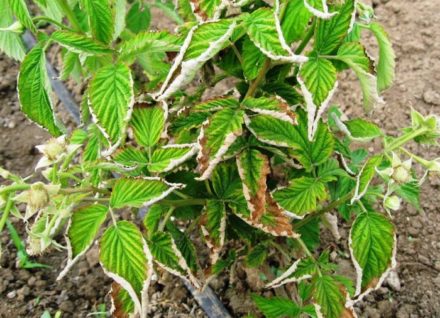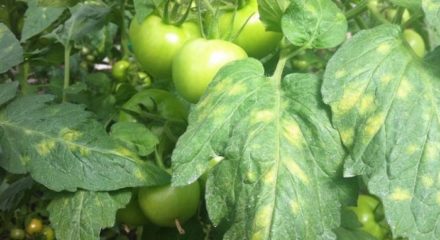Cucumber is a vegetable that contains about 90% water. It is not surprising that during the growth process the crop needs a lot of moisture. With infrequent and scanty watering, part of the harvest may be missing, and the fruits themselves in this case will be twisted and bitter. The soil should always remain moderately moist, and a properly designed watering schedule will help with this.
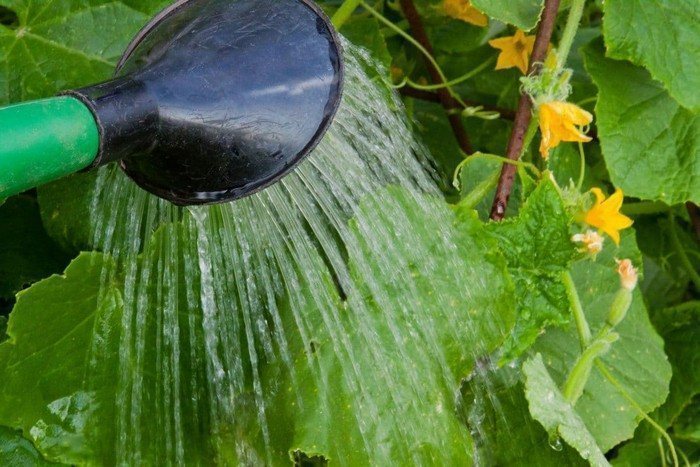
What are the dangers of overwatering cucumbers?
Despite their moisture-loving nature, cucumbers need a measured amount of water. It’s definitely not worth turning the soil in the garden into a swamp. Excess water leads to compaction of the soil, which is not beneficial to the plants. In dense soil, the roots are deprived of the opportunity to receive oxygen.
Even loosening cannot always correct the situation. In waterlogged soil without air, cucumber roots can rot. In this case, the plant can no longer be helped. Root rot often causes the death of cucumbers due to violations of watering norms.
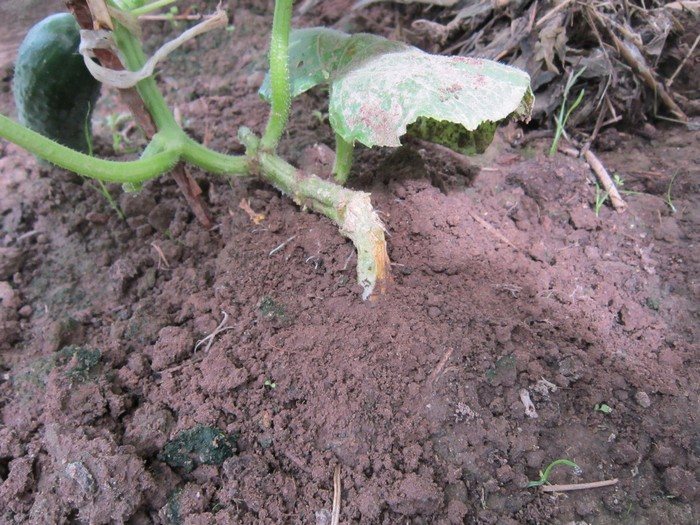
Irrigation scheme
The frequency of watering cucumbers is directly related to the weather. The higher the air temperature, the more often it is necessary to irrigate plants in the greenhouse and in the open ground. In moderately warm or cool weather, moisture evaporates more slowly, so irrigation is carried out less frequently. In a greenhouse or greenhouse, less frequent watering is allowed, since moisture evaporates more slowly there.
The type of soil also needs to be taken into account. Light sandy soil dries out faster. Clay soil retains moisture for a long time. If it is cloudy and not too hot outside, moisten the soil under the cucumber bushes every 2-3 days. In hot weather, cucumbers need to be watered daily. From 2 to 5 liters of water is poured under each plant, taking into account its size, air temperature and soil characteristics.
What is the best time to water?
Often, gardeners water cucumbers when it is convenient for them and they have time - in the morning, afternoon or evening. Agronomists recommend watering cucumbers only in the evening hours (around 18–19). At this time, the soil no longer evaporates moisture as much, allowing it to seep to depth. Evaporation of water by leaves also decreases in the evening.
That is why evening watering will be most effective; all the moisture will go to the plants. The exception is the northern regions. Here, watering is best done in the morning, as the nights become cold early. Wet soil at low temperatures can promote fungal infections.
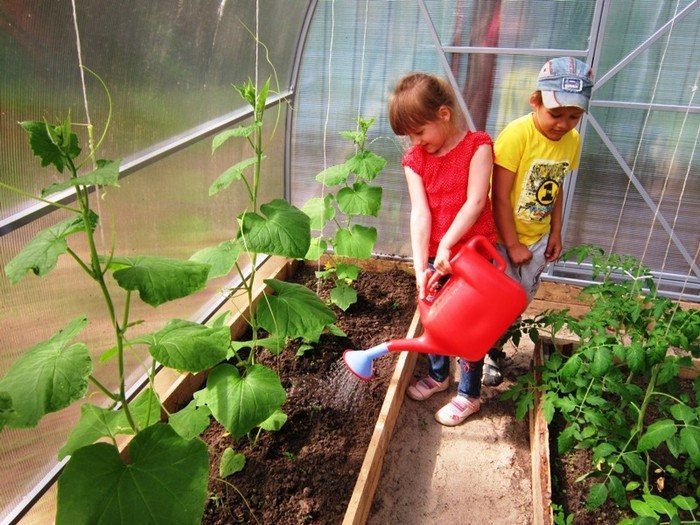
Watering rules
A single watering schedule is not enough to get a good harvest. Summer residents must adhere to certain rules:
- Cucumbers are always watered with warm water, which is poured in advance into barrels located in the sun.
- Do not water from a hose connected directly to the water supply. Cold water causes stress in plants and can cause diseases. In addition, cucumbers have a shallow root system, and strong water pressure erodes the soil near the roots.
- You can water the cucumbers from a bucket, pouring water into the grooves dug along the ridge.
- In hot weather, it is good to irrigate using the sprinkling method. To do this, use a watering can with a perforated nozzle.
The drip irrigation system for cucumbers has proven itself to be excellent. This method of introducing moisture is ideal; the dripper will help maintain a constant level of soil moisture. Drip plants are used both in greenhouses and in open ground. To keep moisture in the ground longer, the surface of the bed is mulched with mown grass or straw.
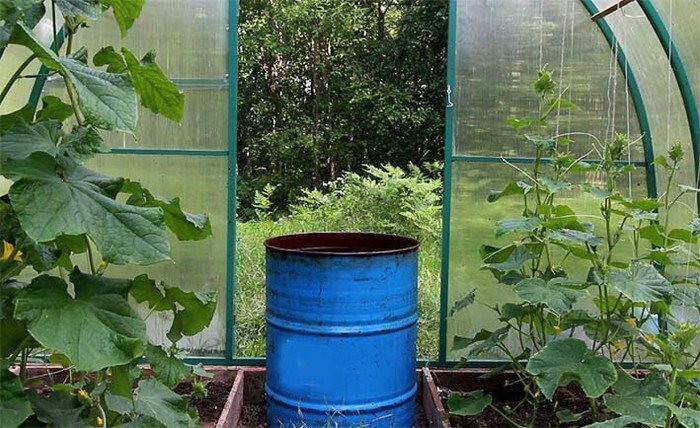
The watering schedule for cucumbers is adjusted with changes in weather conditions and the condition of the plants. Overgrown bushes require more moisture than young specimens. 1–2 hours after watering, the soil in the garden bed must be carefully loosened, providing air access to the roots, unless, of course, the soil is covered with a layer of mulch.


